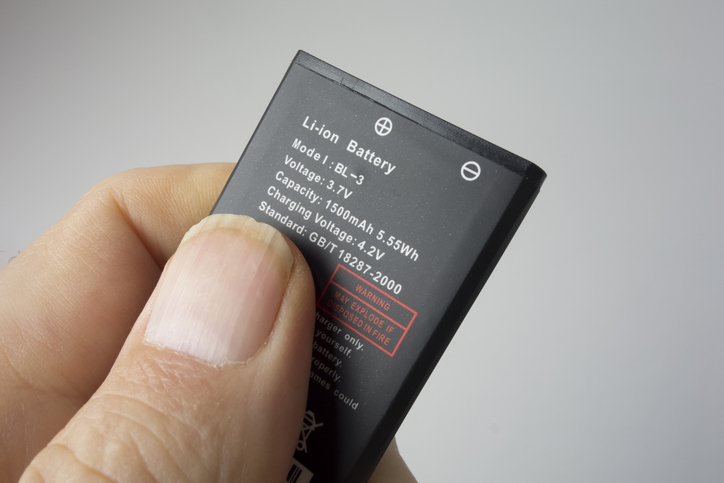India is making significant progress in reducing its reliance on imported lithium-ion (Li-ion) batteries, with the nation’s import dependence projected to fall to just 20% by the financial year 2026-27, according to a report by CareEdge Ratings.
At present, India meets nearly all of its 15 GWh demand for Li-ion batteries through imports. However, as the country’s demand for advanced batteries surges, this figure is expected to grow to 54 GWh by FY27 and further to 127 GWh by FY30. The steep rise in demand is primarily driven by the growing adoption of electric vehicles (EVs) and the decarbonization of India’s energy grid.
The transition is in line with India’s ambitious renewable energy goals, aiming to fulfill 50% of its energy needs from renewable sources by 2030. This shift, coupled with increasing demand for EVs and grid-level energy storage, is fueling the surge in demand for Li-ion batteries.
In response, the government has rolled out initiatives such as the Faster Adoption and Manufacturing of Electric Vehicles (FAME) scheme and Viability Gap Funding (VGF) for Battery Energy Storage Systems (BESS). These programs aim to make EVs and energy storage solutions more affordable, with a target of achieving 30% EV penetration by 2030. However, CareEdge Ratings forecasts a more conservative estimate of 20% EV penetration, based on the current pace of adoption and infrastructure development.
Another factor supporting this transition is the plummeting cost of Li-ion batteries. Prices have dropped from USD 780 per kWh in 2013 to USD 139 per kWh in 2023, driven by technological advancements and economies of scale.
To meet the growing demand, India is rapidly establishing large-scale integrated Li-ion battery production plants. The government’s Advanced Chemistry Cell (ACC) Production Linked Incentive (PLI) scheme is pivotal in this push, with the government allocating 40 GWh in battery production capacity under this scheme, with an additional 10 GWh to be awarded soon. Many established battery manufacturers and new companies are also setting up facilities outside the PLI framework, with these capacities expected to come online gradually by FY27.
(Inputs from ANI)














